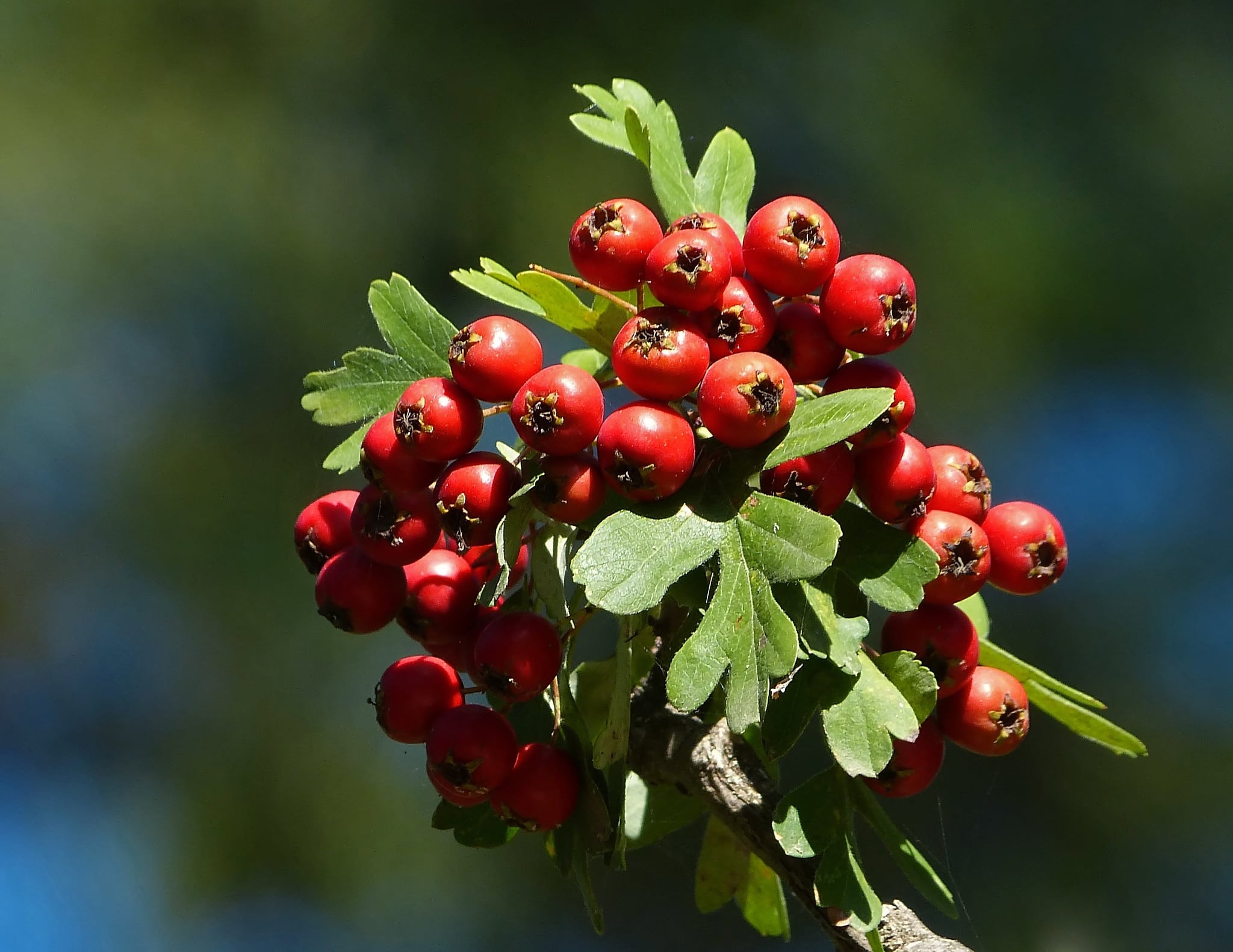
Image - Flickr / Salomé Bielsa
The Crataegus They are a genus of shrubs or, rarely, trees, that are widely grown in temperate to cold climate gardens. And it is that not only do they have a high ornamental value, but it must also be said that they tolerate pruning well, something that comes in handy to know especially when the available land is not very large, or even when they want to be potted.
Its maintenance is, therefore, quite simple. So if you want to know everything about these plants, which each spring will produce a large number of flowers, then we are going to present them to you in conditions 🙂.
Origin and characteristics of the Crataegus
Our protagonists are shrubs or trees belonging to the Crataegus genus, which is part of the Rosaceae family. They are native to the Northern Hemisphere, specifically they grow in the temperate regions of Europe, Asia and North America. They are known as hawthorn, hawthorn, common hawthorn or hawthorn.
They reach a height of 3 to 15 meters, with normally spiny branches covered by green leaves that grow in a spiral. These spines are not usually very large: they measure between 1 and 3cm. The flowers are grouped in inflorescences, they measure about 2cm and are white. The fruit is berry-shaped, although technically it is a pommel (like the apple) less than 1cm in diameter, and contains 1 to 5 seeds.
Main species
The best known species are the following:
Crataegus Azarolus
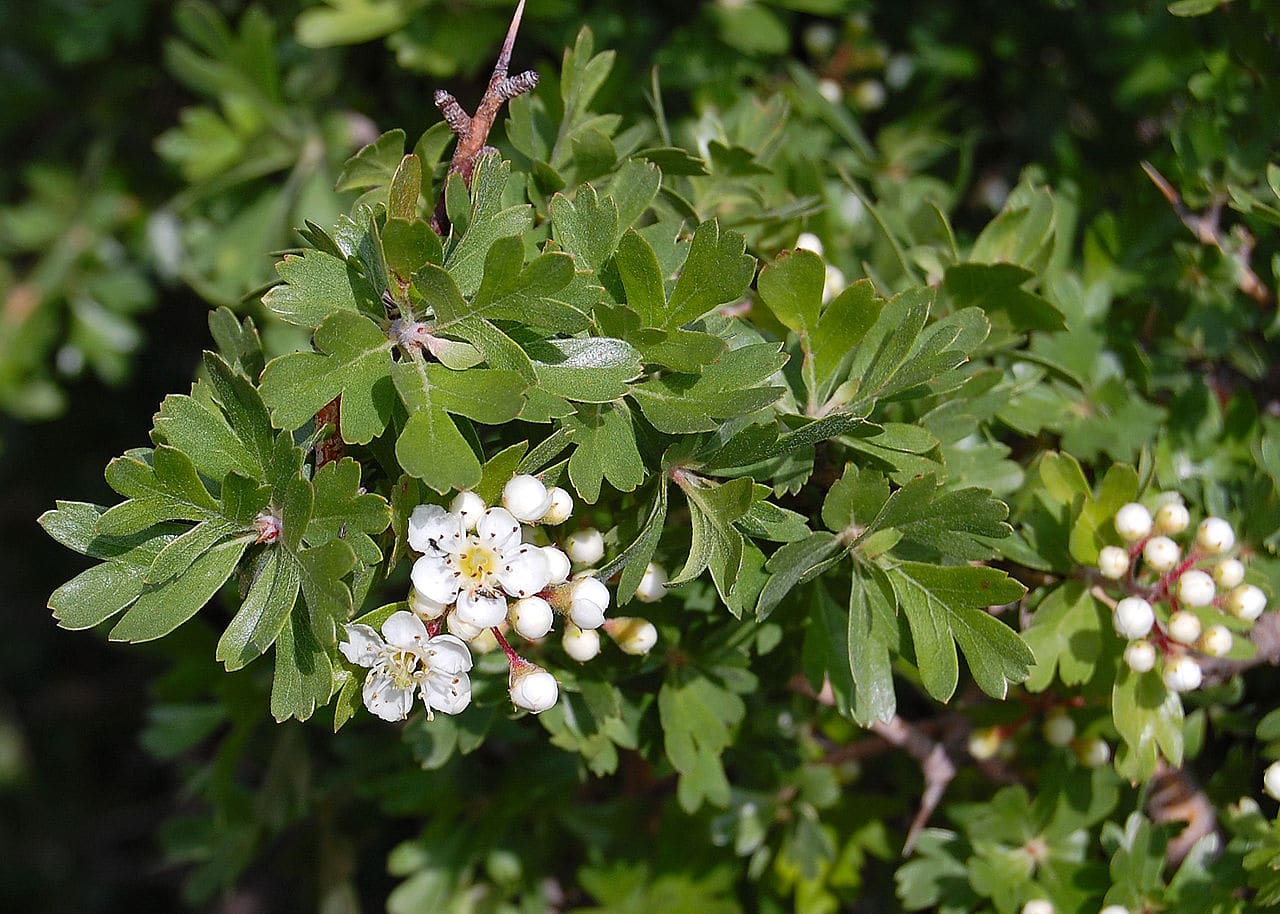
Image - Wikimedia / Aesculapius
Known as acerolo or bizcobo, it is a deciduous shrub native to southern Europe, North Africa and the Middle East. Grows to a height of 3 to 5 meters, with branches that are usually thorny.
Crataegus laevigata
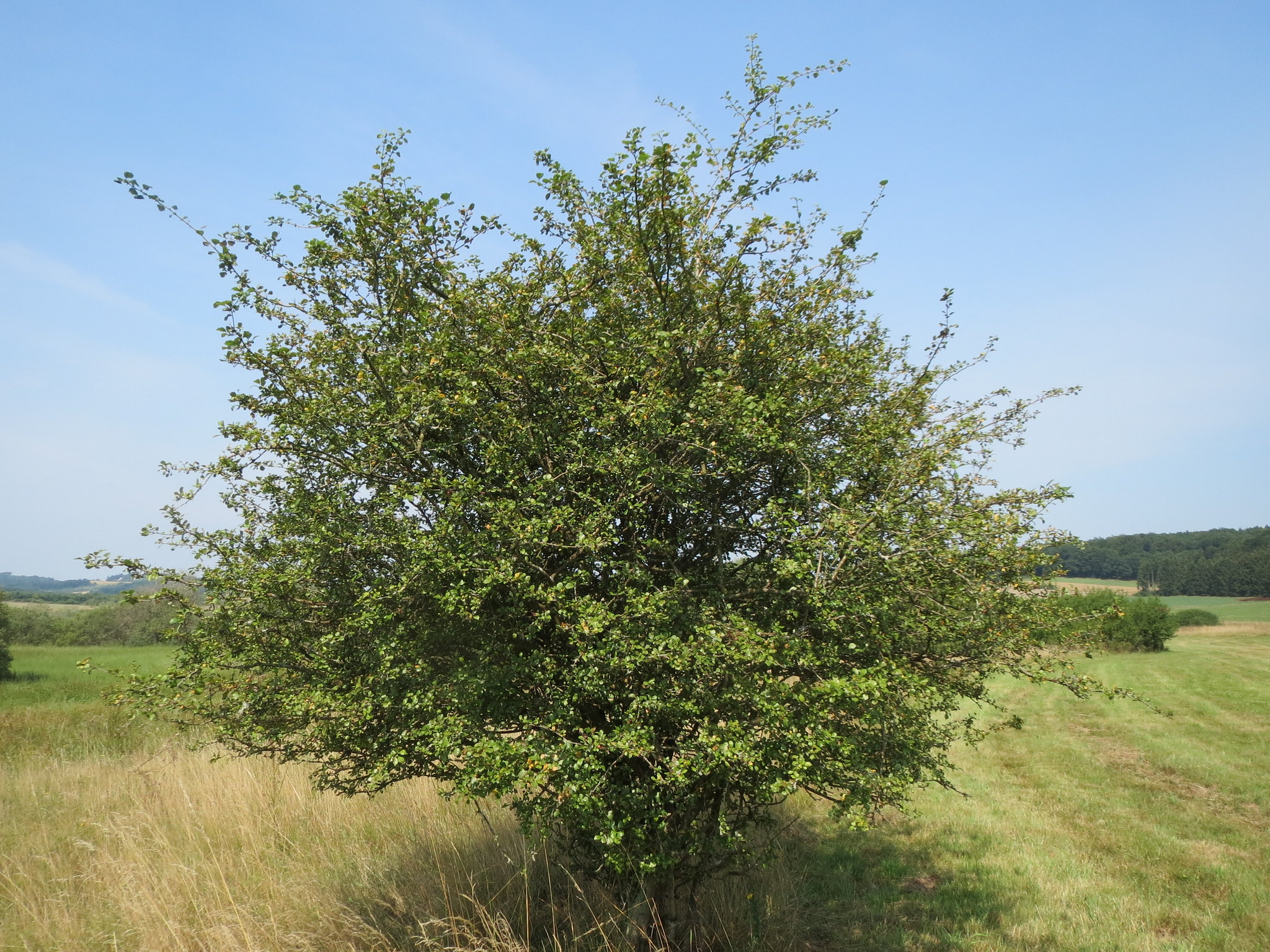
Image - Flickr / Andreas Rockstein
Known as Navarrese hawthorn or two-boned hawthorn, is a species native to western and central Europe that reaches a height of up to 8 meters (sometimes 12m). It is often confused with the Crataegus monogyna, but unlike this one, it has gently lobed and pointed leaves, and flowers with two or three styles instead of one.
Crataegus monogyna
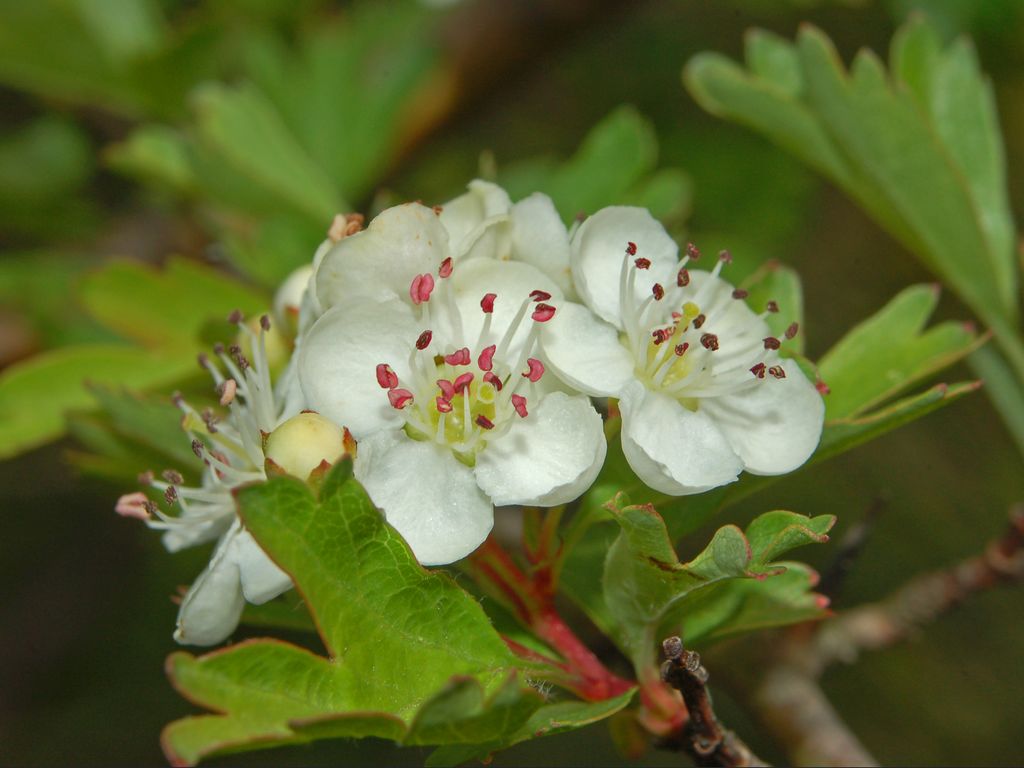
Image - Flickr / Ettore Balocchi
Known as hawthorn, hawthorn or hawthorn, and by its previous scientific name Crataegus laciniata, is a deciduous shrub or tree native to Eurasia and North Africa. It can reach a height of 5 to 15 meters, with branches that are usually thorny.
It naturally hybridizes with the Crataegus laevigata.
Crataegus oxyacantha
Nowadays this scientific name is rejected by the International Congress of Botany, since after several investigations it has been discovered that it was a name that was given to other species of hawthorn from northern Europe, believing that they were the same, like the C.laevigata and C. monogyna.
What are the care they need?
If you want to have a copy, we recommend you take care of it as follows:
Location
They are plants that must be outside, in full sun or in semi-shade. In the case of having them in the garden, you do not have to worry about their roots since they are not invasive. Anyway, it does not hurt to plant them at a distance of at least 1 meter or half a meter from walls and large plants so that they can have an excellent development.
Earth
- Garden: they like soils rich in organic matter, well drained and somewhat light.
- Flower pot: fill with quality universal substrate (like this one they sell here).
Irrigation
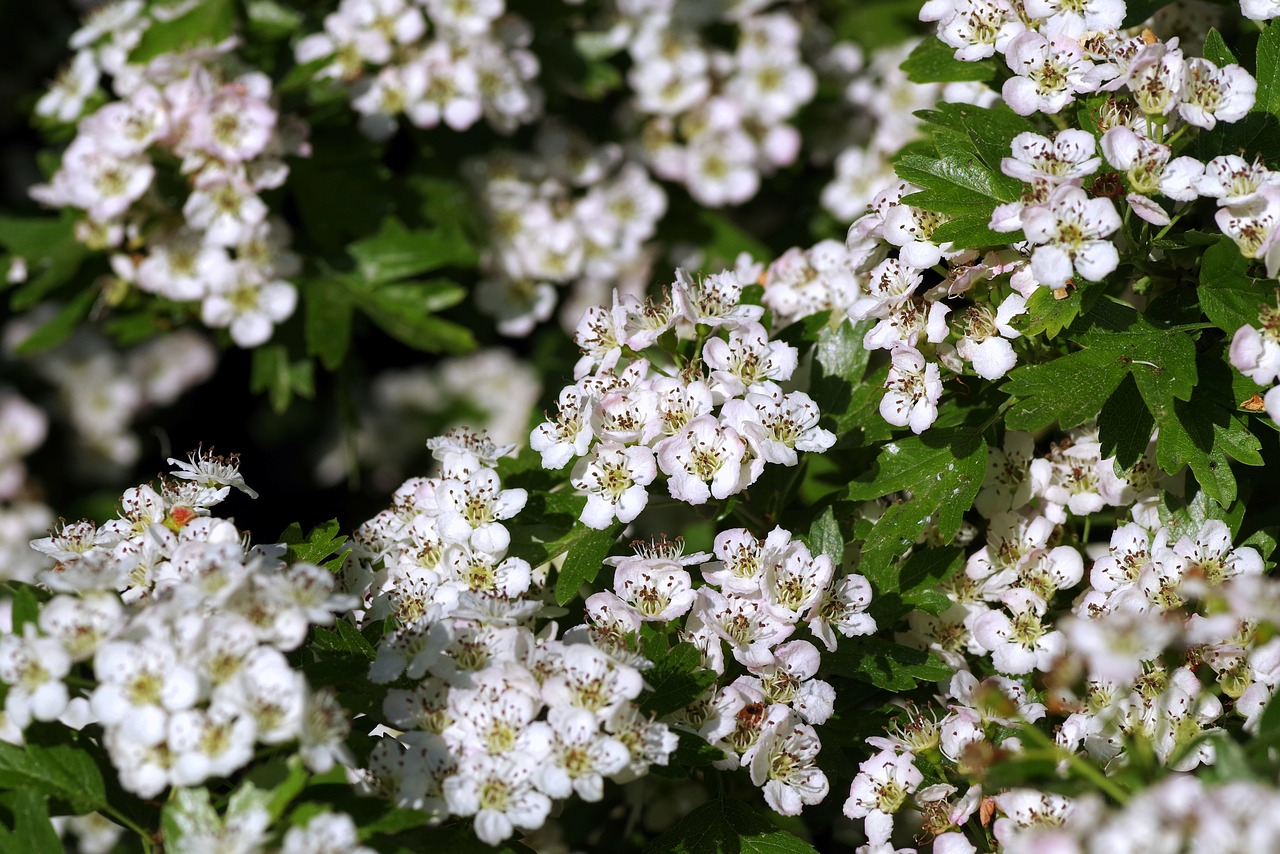
Frequent, but without going overboard. In general, you have to water an average of 3 times a week during the summer, and an average of 1-2 times a week the rest of the year.
If it is kept in a pot, it must have holes in its base so that the water can escape, since otherwise the risk of root rot would be high.
Subscriber
From early spring to late summer it is advisable to fertilize Crataegus with organic fertilizers, such as guano, herbivorous animal manure, etc.
If you have them in a pot, it is preferable to use liquid fertilizers, always following the instructions specified on the package to avoid the risk of overdose.
Multiplication
The seeds They have to be sown in autumn so that they are cold before germinating, either in a seedling tray, in a pot or in other seedlings such as yogurt glasses or milk containers previously washed with soap and water.
If you live in an area where the temperature is mild, you should stratify them in the fridge at about 6ºC for three months.
Pruning
In late winter it can be drastically pruned, that is, removing branches in order to give them a more or less defined shape. In summer, on the other hand, you can cut them a little.
Pests
They can be affected by aphidsmining moths Red spider, mealybugs, drills and ketones. Treat with neem oil or diatomaceous earth.
Management
It is sensitive to roya, powdery mildew and burns caused by bacteria Erwinia amylovora. The first two are fungi that treat well with fungicide and avoiding overwatering; On the other hand, if you have the bacterial disease you have to cut the affected parts.
Rusticity
They are very rustic. They resist up to -18ºC.
What uses do Crataegus have?
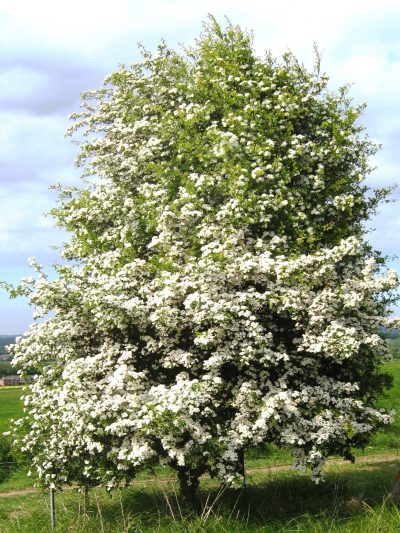
Image - Wikimedia / Ptelea
They have several:
Ornamental
Crataegus are plants that can be had in pots, or in gardens. If you choose to plant them on the ground, they are often used as a thorny hedge.
They also work well as bonsai.
Wood
Being dense and heavy, it is used to make tool handles, as well as charcoal.
What did you think of the Crataegus?